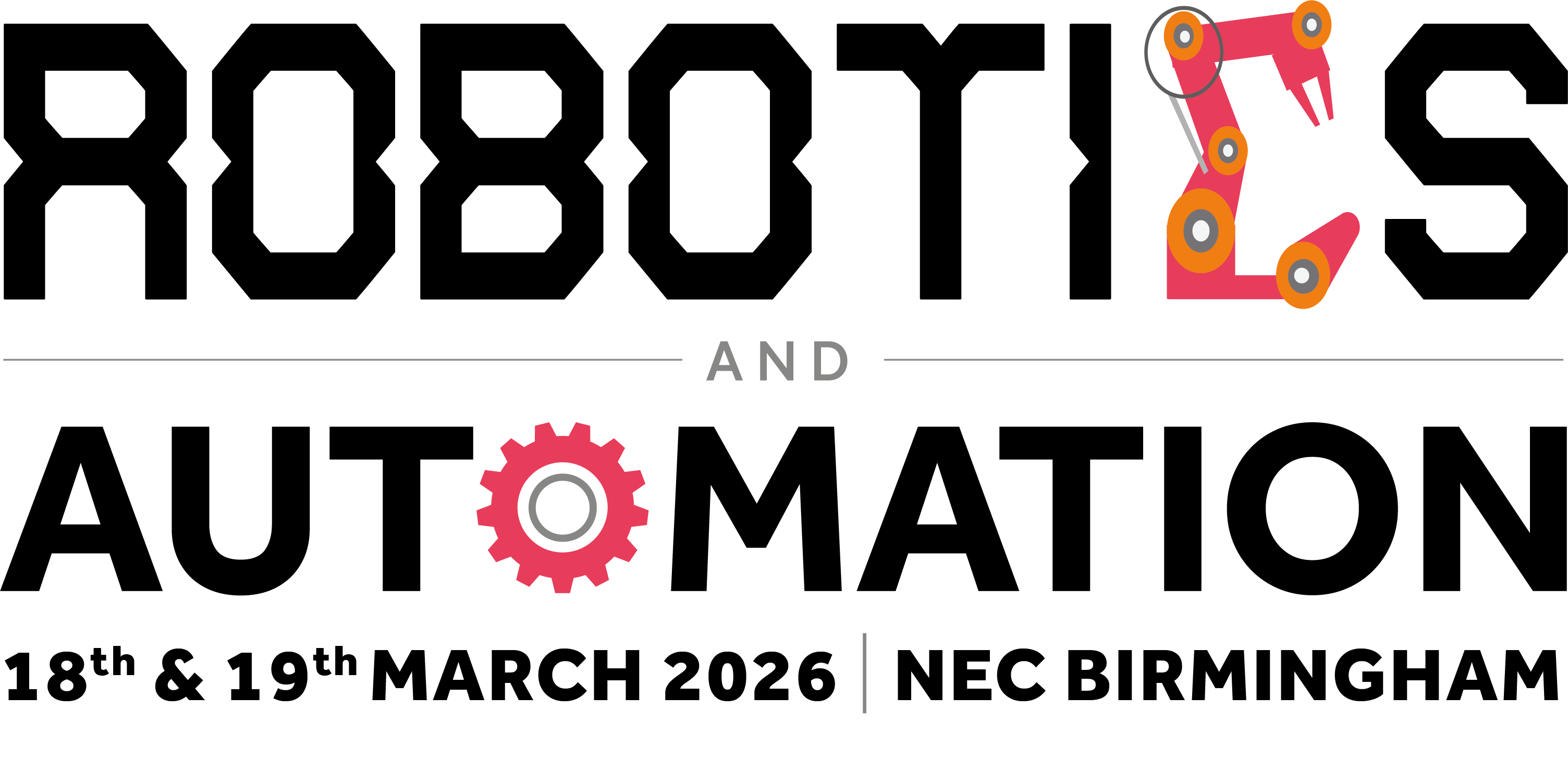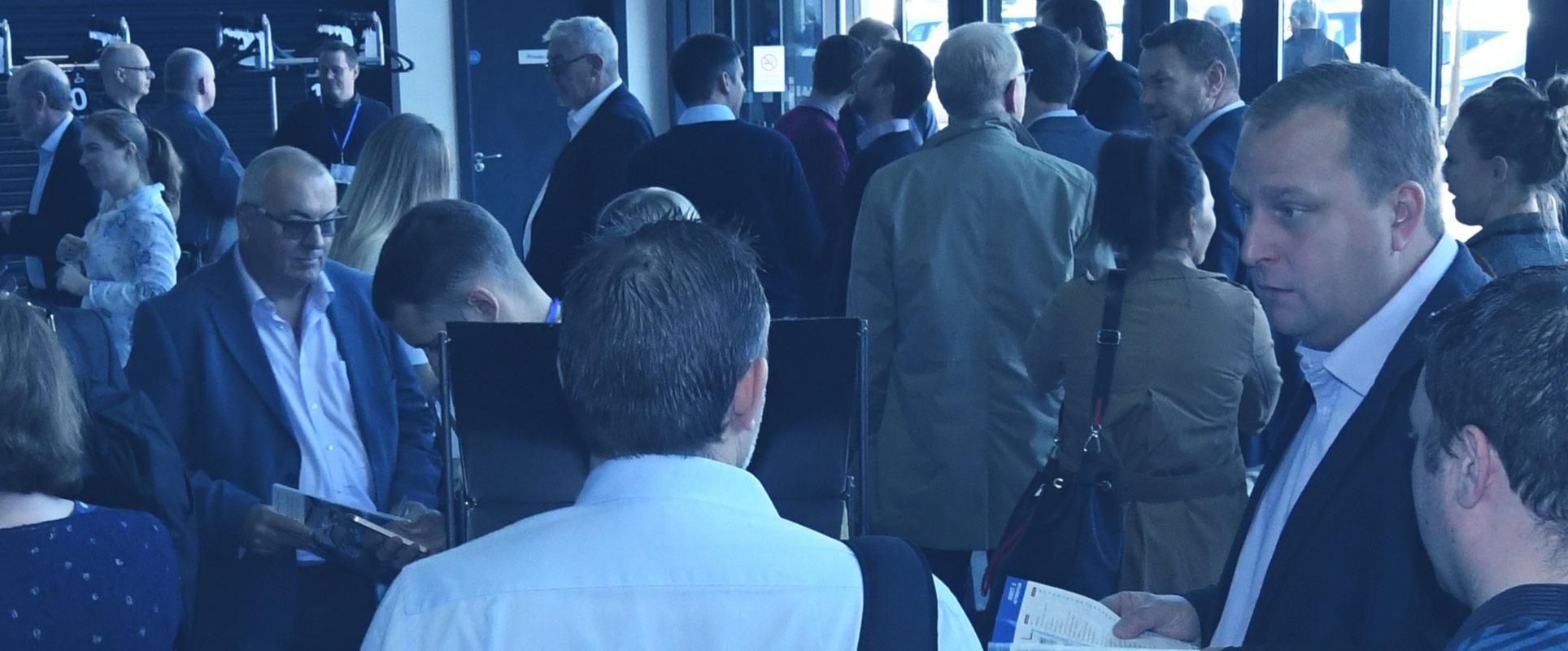Seminar 2022
01 Nov 2022
-
- Explore the capabilities of AMR and WMS software
- Discuss 5 common myths of AMR implementations
- Outline how AI tools can optimise and orchestrate people and robots to support DC objectives
-
- E-commerce has picked up tremendously the past few years and data shows a large part of the conversion from brick-and-mortar stores to online stores is here to stay
- The same is true for the fashion industry, which is now dealing with an ever more prominent challenge linked to this trend: product returns. Revenue in the fashion industry is expected to grow exponentially, and historical data has shown the relative amount of product returns will grow equally
- This session will explain how autonomous case-handling robot (ACR) technology can improve the accuracy and efficiency of the returns process, enabling warehouses to cut down on costs whilst future-proofing their facilities
-
- Cultivating a learning culture and environment for the supply chain of tomorrow
- Maximising current and future support
- Practical tools, programmes and systems to enhance skills development
-
-
To explore the role of `robotic scientists' in the Autonomous Chemistry Lab
-
To learn about the experiments these robots are able to carry out
-
To understand how AI and machine learning can help us address open challenges in laboratory automation
-
-
- To explore EUREKA Robotics Centre with its Research & Innovation highlights
- To learn the good case studies of “a spectrum of service robots into the real world” such as hospitality, retailer and care sector in Wales, with SWOT analysis
- To experience the cutting edge robots for care and hospitality with live demo
-
-
- Fusion energy, based on the same processes that power the Sun and stars, has great potential to deliver safe, sustainable and low carbon energy for generations to come
- Robotics is key for the entire lifecycle of future fusion plants including design, maintenance and end-of-life
- This session will focus on case studies from record-breaking fusion energy machine JET (Joint European Torus) and will highlight how RACE is developing technologies for sustainable fusion energy by learning and collaborating with decommissioning, space and mobility sectors
-
- Introduction to the National Robotarium - a new UK government-backed asset that everyone can use
- Details on how the facility is designed to assist industry in overcoming barriers to adopting robotics and AI technologies
- Overview of the National Robotarium's resources and capabilities that can be used to achieve this
-
- Covid-19 and the use of robots – Case 1: Autonomous robots and vaccination trials
- Case 2: UHS and Automata – the successful set up of the Hampshire and Isle of Wight Saliva Testing Laboratory in 2020 to support automatic testing of saliva samples during the Covid-19 pandemic
- What next for this line? Adaption to suit NHS requirements post-Covid The future? Developing a plan for automating existing manual diagnostic processes within labs – the benefits this can bring to staff efficiency, as well as applying automation to other disease investigation/drug control areas within UHS
-
- What is the circular economy and what are the benefits that a re-use and recycle model can bring to business and the environment?
- The role that inspection and repair of goods and assets has in the circular economy and the challenges faced when trying to automate these processes
- How CHEP has approached this challenge using robotics and automation technologies and what opportunities and challenges can we identify for OEM and End User in automating inspection and repair processes
-
- Major players in Robotics and Automation have planned, invested, installed, and implemented numerous solutions to meet increasing market demand for their products
- When compared to the automotive industry, aircraft assembly presents specific challenges posed for automation systems, including design, requalification, large manual content, access, and tight tolerances
- Challenges remain for automated aircraft assembly, including product variation and different material combinations which require more research, testing, and qualification
02 Nov 2022
-
- Increasing the productivity of colleagues while keeping them safe and developing their skills is a necessary challenge in the current labour market
- Multiple robotics and automation solutions are required but how can we avoid a bespoke development when integrating each solution in different supply chains?
- This session will highlight some of DHL's recent tech deployments and explain how DHL has developed IT systems to help reduce complexity and standardise deployments for automated forklifts and autonomous mobile robots, as well as Internet of Things devices for asset tracking and monitoring
-
- Choosing the right automation solution for your particular situation can be a daunting experience. Not only do you have to thoroughly analyse your current situation and requirements, but you also have to consider where your business will be at in the next five to 10 years
- After all, when investing in an automation solution you want it to be future proof. Experience tells us this can lead to companies investing in solutions that are overly complicated (and expensive) when it does not need to be
- This session will walk you through a business case of a UK e-commerce company facing the same challenge. Discover how we designed an automation solution that perfectly matches their current requirements, as well as a solution that can be effortlessly scaled up along with the growth of their business
-
- Cleaning has never had a higher profile – since the pandemic there is an onus on employers to protect people that work and visit their premises; a hygienic space is paramount
- As the traditional workforce dwindles – due to Brexit, low unemployment and more enticing opportunities – could robotics help to bridge the gap?
- This session will explain how utilising robots to undertake some of the more strenuous and labour-intensive tasks frees up operatives to focus on tasks that require a greater level of thought and human input, resulting in more interesting and rewarding jobs, higher productivity, better cleaning quality and reduced cost
-
- Explore the capabilities of AMR and WMS software
- Discuss 5 common myths of AMR implementations
- Outline how AI tools can optimise and orchestrate people and robots to support DC objectives
-
- The challenges of deploying Fibre-to-the-Premise (FTTP)
- Working with universities and industry
- Field trial plans for 2022/23
-
-
- A guide to how small and medium-sized manufacturing companies can accelerate their growth by adopting digital technologies, such as automation, with the help of Made Smarter
-
- Huboo is an award-winning third-party fulfilment provider for e-commerce businesses of all sizes
- As a human-centric company Huboo uses robotics to help humans, not replace them
- This session will explore the benefits and challenges of this approach and how, as a company, Huboo ensures colleagues are at the centre of their robotic solution design
-
- Past
- Present
- Future
-
- Market intelligence, inception and early operating stages
- Insights and learnings from 1.5 years of Smart Hub delivery
- Project performance and scale up plans
-
- Learn about the largest innovation demonstration of robotic automation in horticulture in the UK
- Automation of crop monitoring, treatment and harvesting in one of the UK's largest strawberry farms; show-casing coordination and integration of various robots to increase productivity and minimise economic inputs in production
- Exploiting robotic technology complementing human workers with a focus on human-robot collaboration



)